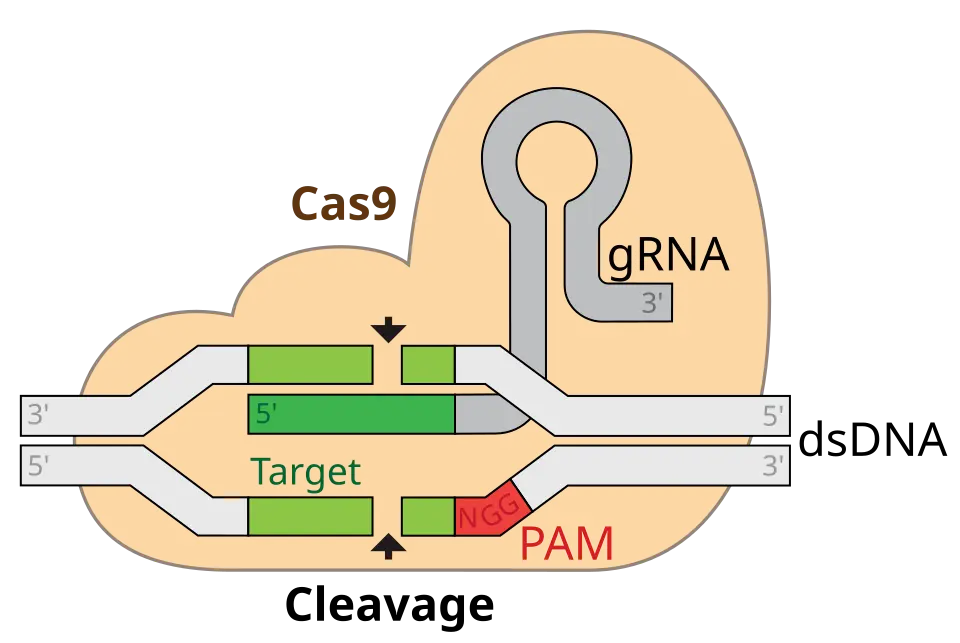Introduction
Improving diagnostics, treatment plans, and vaccine development all depend on an understanding of the intricate genome of Mycobacterium avium subspecies paratuberculosis (MAP). Even though MAP research has benefited greatly from traditional sequencing techniques, new long-read sequencing technologies like Oxford Nanopore are transforming the field with previously unheard-of flexibility and accuracy.
🔍 What is Oxford Nanopore Technology?
The third-generation sequencing platform Oxford Nanopore Technologies (ONT) measures electrical current changes as nucleic acids move through a nanopore to identify DNA or RNA sequences. Longer, more intact reads are possible because it does not require DNA fragmentation or amplification like previous sequencing techniques did.
🧪 Key Features of Oxford Nanopore
| Feature | Advantage for MAP Research |
|---|---|
| 🔬 Long Reads | Allows entire MAP genes or operons to be sequenced without interruption. Ideal for studying repetitive elements like IS900. |
| 🕒 Real-Time Results | Researchers can obtain sequencing data on-site and in real-time, useful for outbreak detection. |
| 🧳 Portable Devices | Devices like the MinION fit in your pocket and plug into a laptop—ideal for fieldwork on farms. |
| 🔁 No PCR Bias | Direct sequencing reduces artifacts and better represents the native MAP genome. |
| 🌐 Cloud Integration | Data analysis pipelines like EPI2ME allow real-time analysis via cloud-based tools. |
🧬 Applications of Nanopore in MAP Research
Genome Assembly & Finishing
Nanopore reads are capable of spanning difficult genomic regions and resolving complex structures such as tandem repeats or insertion elements (e.g., IS1311). This leads to high-quality genome assemblies that were previously unattainable with short-read methods.
Epidemiological Surveillance
Using field-deployable Nanopore devices, researchers can sequence MAP strains directly from environmental or animal samples—supporting rapid outbreak tracing and global surveillance efforts.
Detection of Structural Variants
Nanopore sequencing reveals large genomic rearrangements, deletions, and duplications—variations that often go undetected with traditional techniques. These structural variants may influence MAP virulence and host adaptation.
Epigenetics and Methylation
Unlike other sequencing platforms, Nanopore can detect base modifications like methylation directly—opening the door to studying epigenetic regulation in MAP and its role in persistence.
🔗 Complementary Technologies
To enhance research, Nanopore is often used in combination with:
- Illumina short reads for hybrid assembly (high accuracy + long coverage)
- CRISPR-Cas systems for targeted sequencing or gene editing
- Bioinformatics tools like Flye, Canu, or Medaka for post-processing
💡 The Future of MAP Genomics with Nanopore
Oxford Nanopore is not just a sequencing tool—it’s a mobile genomics lab that’s helping scientists:
- Track the evolution of MAP in real-time.
- Develop farm-specific diagnostics and interventions.
- Democratize genomics in low-resource settings.
Its continued development promises cheaper, faster, and more accessible solutions for controlling Johne’s disease and understanding MAP's role in both veterinary and human health.
